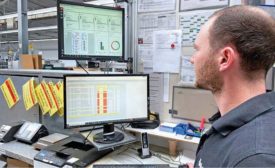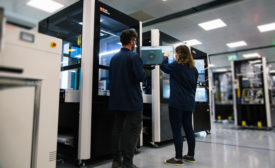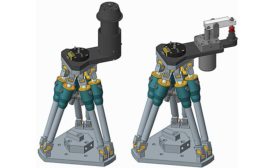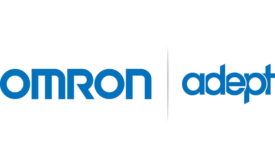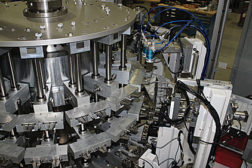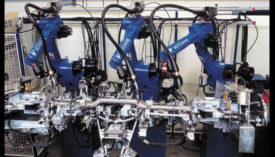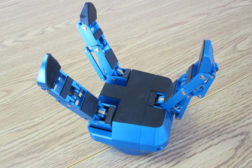Home » Keywords: » flexible automation
Items Tagged with 'flexible automation'
ARTICLES
Automotive Industry
Work-holding system can change to a new model in less than a minute.
Read More
Flexible Fixtures for Automated Assembly
Researchers have developed a hexapod-based reconfigurable fixture that can be used to assemble a family of automotive headlights.
March 5, 2018
Never miss the latest news and trends driving the manufacturing industry
Stay in the know on the latest assembly trends.
JOIN TODAY!Copyright ©2025. All Rights Reserved BNP Media.
Design, CMS, Hosting & Web Development :: ePublishing

